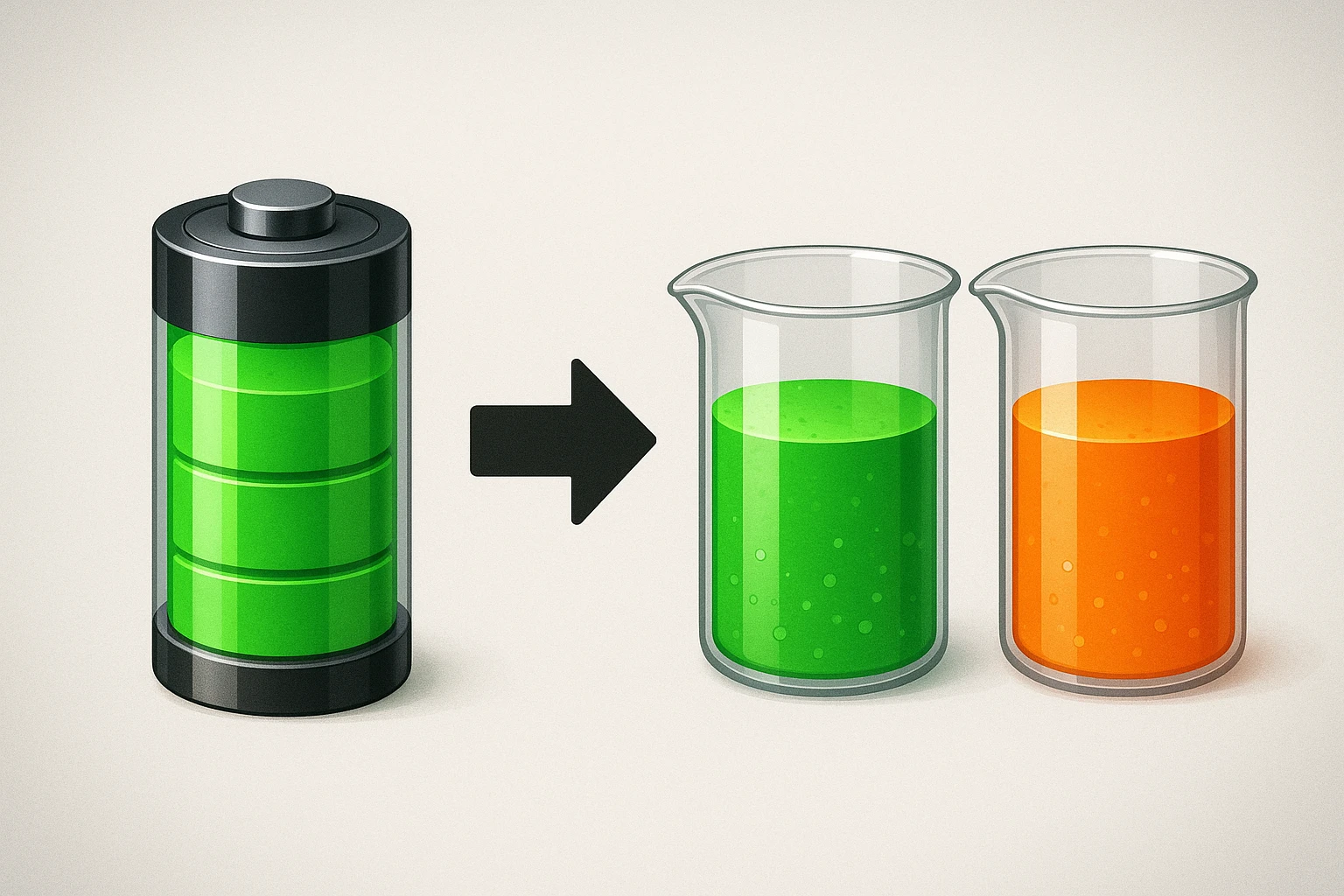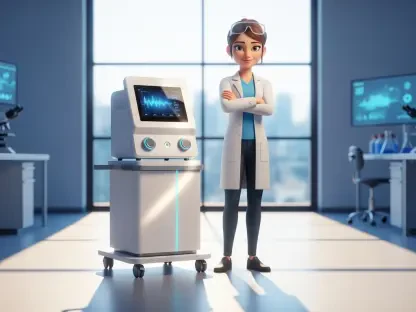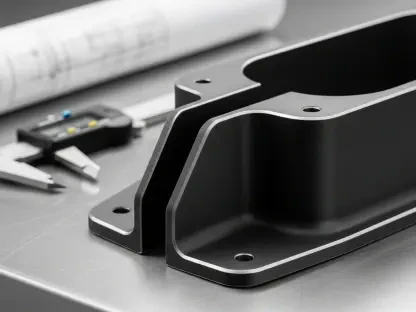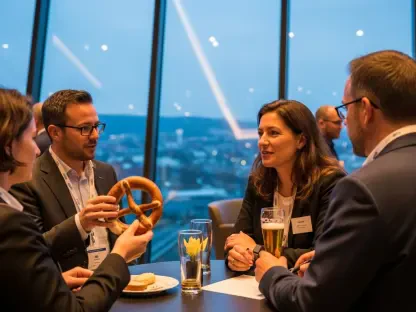In a world grappling with mounting electronic waste and environmental pollution, a groundbreaking study published in Ionics and scheduled for release on November 14, 2025, offers a beacon of hope through innovative chemistry. This research, led by a dedicated team including Lima, Garcia, and Taroco, unveils a remarkable process that repurposes cathodes from spent lithium-ion batteries as catalysts to convert sunset yellow—a widely used synthetic dye—into valuable functional aromatics. This dual-purpose approach not only addresses the escalating challenge of battery disposal, driven by the proliferation of electronics and electric vehicles, but also tackles the environmental hazards posed by synthetic dyes in industries like food and pharmaceuticals. By transforming waste into industrial resources, the study stands as a pioneering step toward sustainability, bridging the gap between waste management and green chemistry. It sparks curiosity about how discarded materials can fuel a circular economy, setting the stage for a deeper exploration of this transformative innovation.
Harnessing Waste for Chemical Innovation
The foundation of this research lies in a powerful concept: turning waste into opportunity. Lithium-ion batteries, integral to modern electronics and electric vehicles, often end up as hazardous waste in landfills after their useful life, posing significant risks to the environment through toxic leakage. However, the study reveals that the cathodes of these spent batteries, which contain transition metals such as cobalt and nickel, hold untapped potential. By recycling these materials, researchers have developed a method to use them as catalysts, effectively transforming a source of pollution into a valuable tool for sustainable chemical processes. This approach challenges conventional waste disposal practices and highlights how materials once deemed useless can drive industrial advancements, reducing the environmental footprint of battery waste while opening new avenues for resource recovery in a world increasingly reliant on portable power.
Beyond addressing battery waste, the research targets another pressing issue—managing the environmental impact of synthetic dyes like sunset yellow. Commonly used in food, cosmetics, and pharmaceuticals, this dye can become a pollutant when improperly disposed of, contributing to water contamination and ecological harm. Traditional degradation methods often generate toxic byproducts, compounding the problem rather than solving it. The innovative use of recycled battery cathodes as catalysts offers a cleaner alternative, converting sunset yellow into functional aromatics—compounds essential for creating pharmaceuticals, agrochemicals, and industrial solvents. This process minimizes harmful residues, showcasing a practical solution that not only mitigates pollution but also adds economic value by producing useful chemical precursors, thus redefining how industries handle synthetic waste materials with a focus on sustainability.
Pioneering Green Chemistry Solutions
At the core of this study is a commitment to green chemistry, a field dedicated to designing processes that reduce environmental harm. The catalytic conversion of sunset yellow using recycled lithium-ion battery cathodes stands as a prime example of this principle in action. Unlike conventional methods that break down dyes into harmful byproducts, this new approach ensures a cleaner transformation, producing functional aromatics with minimal ecological impact. Such advancements align with global efforts to curb industrial pollution and preserve natural resources, demonstrating that scientific innovation can address environmental challenges without compromising practical outcomes. The resulting compounds extend the lifecycle of materials, embodying a sustainable ethos that prioritizes long-term ecological balance over short-term convenience, and offering a blueprint for industries seeking to adopt greener practices in their operations.
The economic implications of this research further underscore its significance in promoting sustainability. By utilizing recycled materials as catalysts instead of relying on newly sourced raw materials, industries can achieve substantial cost savings while enhancing their environmental credentials. This becomes increasingly critical as stricter regulations and consumer demand push companies toward greener practices. The adoption of such methods could reshape how chemical and manufacturing sectors approach waste, turning what was once a liability into a competitive asset. Additionally, the study suggests that scaling this process could lead to broader market advantages, encouraging businesses to invest in recycling technologies and sustainable innovations. This shift not only supports compliance with environmental standards but also positions companies as leaders in a marketplace that increasingly values responsibility and resource efficiency over traditional profit-driven models.
Driving Industry and Policy Toward a Circular Future
This research reflects a broader trend sweeping through scientific and industrial communities: the urgent shift toward circular economy models. The linear “use-and-discard” framework, long dominant in production and consumption, is proving unsustainable as resources diminish and environmental degradation accelerates. By demonstrating how spent lithium-ion battery cathodes can be repurposed into catalysts for valuable chemical transformations, the study challenges outdated mindsets and showcases waste as a potential resource. This perspective inspires other sectors to explore similar waste-to-value strategies, potentially revolutionizing how materials are managed across industries. The success of this approach could catalyze innovation in recycling technologies, encouraging a systemic change where discarded items are routinely reimagined as inputs for new processes, reducing reliance on finite resources and minimizing ecological footprints.
From multiple vantage points—industrial, environmental, and policy-oriented—this study carries transformative potential. For businesses, it presents an opportunity to lower operational costs and align with regulatory demands for sustainability, enhancing market competitiveness. Environmental advocates see it as a vital step in reducing pollution from electronic waste and synthetic dyes, safeguarding ecosystems for future generations. Meanwhile, policymakers are prompted to develop frameworks that incentivize recycling and green chemistry innovations, ensuring that such advancements are supported at a systemic level. Together, these perspectives illustrate how a single scientific breakthrough can resonate across diverse domains, driving collective progress toward a more sustainable future. The integration of these viewpoints underscores the need for collaborative efforts to address global challenges, positioning this research as a catalyst for meaningful dialogue and action among stakeholders.
Envisioning a Sustainable Legacy
Looking back, the work led by Lima, Garcia, Taroco, and their team marked a pivotal moment in the intersection of chemistry and environmental stewardship. Their demonstration that recycled lithium-ion battery cathodes could effectively catalyze the conversion of sunset yellow into functional aromatics provided a tangible solution to two critical issues—electronic waste and industrial pollution. This achievement not only reduced the burden of discarded batteries but also offered a cleaner method for handling synthetic dyes, yielding compounds with significant industrial applications. As a next step, industries should prioritize investment in recycling infrastructure to scale such processes, while researchers are encouraged to explore other waste materials for similar catalytic potential. Policymakers, too, must craft supportive regulations that facilitate the adoption of green technologies. By building on this foundation, society can move closer to a circular economy, where waste is redefined as a resource, ensuring a healthier planet for generations to come through sustained innovation and responsibility.









